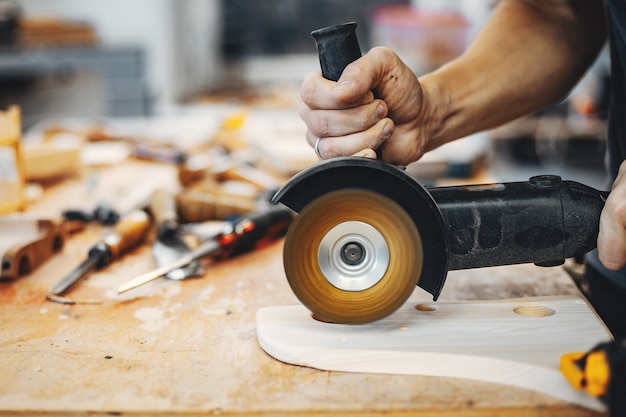Grinding is an essential process in the manufacturing industry, used to shape and finish various materials with high precision. From metals to plastics, grinding has become a crucial step in creating products that meet strict quality standards. But this process would not be possible without the advancement of precision grinding technology.
One of the key components in a grinder is its burrs – two rotating discs with abrasive surfaces that grind the material into its desired shape. While burrs may seem like a simple tool, there is actually a lot more to them than meets the eye.
The most popular type of grinder burrs are made from steel or ceramic material. However, as the demand for higher accuracy and precision increases, so does the need for more sophisticated burr designs and materials.
Let’s take a deep dive into precision grinding technology and explore how advancements in grinder burrs are revolutionizing this essential manufacturing process.
Steel has been traditionally used for grinder burrs due to its durability and affordability. However, steel can be prone to wear and tear over time, leading to duller edges on the burr surface. This can affect the quality of ground materials and increase maintenance costs.
On the other hand, ceramic has emerged acet-bg.org/understanding-the-importance-of-grinder-burrs as a popular alternative due to its hardness, which reduces wear on the burr’s edges. This means longer-lasting sharpness and minimal maintenance costs – making it cost-effective for manufacturers in industries such as aerospace or medical where precision is critical.
But despite their differences in material composition, both steel and ceramic burrs share one common goal – to create perfectly ground particles with consistent particle size distribution.
A great deal of engineering efforts goes into designing optimal geometry for grinders’ most critical component –the burr itself. The geometry includes factors such as diameter size ratio between inner an outer ring of each disc (known as “conicity”), height difference between adjacent ridges (known as “step”), crest to root ratio (also known as “land” or “free cutting”), and more.
Each geometry factor can contribute to changes in the final processed material shape. The skilled manufacturer takes into account not only the desired final result but also considers machine design, tool life, and power consumption parameters.
This is where precision grinding technology comes into play. With advanced computer-aided design tools and simulation software, manufacturers can accurately predict the behavior of burrs during operation. It allows them to optimize burr designs for exceptional results while reducing trial-and-error costs significantly.
Another aspect of precision grinding technology is achieving razor-sharp edges on burrs. One way this has been achieved is through diamond coating – a process where a thin layer of diamond particles is applied to the burr surface, creating an ultra-sharp edge. This technology has revolutionized high-speed grinding applications by enabling faster material removal rates without compromising accuracy.
More recently, laser etching has emerged as another method for creating sharp edges on ceramic burrs. With lasers capable of precisely etching microscopic patterns on surfaces, manufacturers can achieve even sharper cutting edges while maintaining consistent geometry throughout the entire disc’s surface.
Innovation never stops in the world of manufacturing, and precision grinding technology is no exception. As industries continue to demand higher accuracy and efficiency in their processes, we are likely to see even more advancements in grinder burrs’ design and materials in the future.
From diamond-coated steel discs to laser-etched ceramic ones – each innovation brings us one step closer towards perfecting this critical manufacturing process that lies at the foundation of many products we use daily. So next time you hold a perfectly ground cup of coffee or carefully crafted airplane part – remember that it all starts with precision grinding technology.





